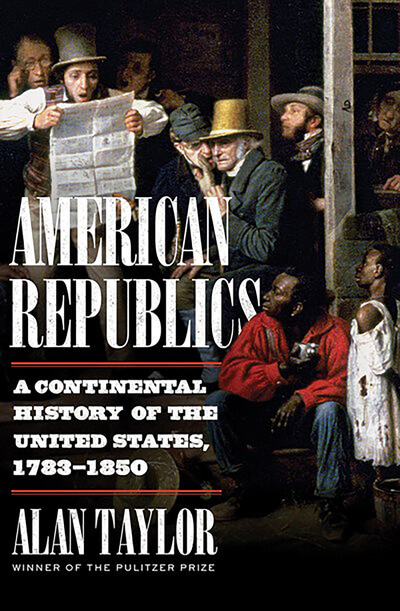William Strachey wanted to be a writer. He hoped to publish travel narratives and sonnets; his best friend in London was John Dunne. Strachey enjoyed reading the chronicles of New World explorers and had seen indigenous people who were captured and brought to Europe. But in 1609, after 10 years in London without any notable success and his inheritance running low, the 32- year-old left his wife and two sons behind and signed on for the largest expedition ever sent to Jamestown by the Virginia Company.
Strachey’s extraordinary journey to Jamestown was interrupted by a hurricane and a shipwreck in Bermuda, where he was stranded for almost a year. He was a careful observer and gifted writer about that experience as well as about the life of the Jamestown colony, where he was especially interested in the native people. Strachey could not know until later that his writing would inspire the last play William Shakespeare wrote alone, and that the play would include many of Strachey’s own words, among them the play’s title: The Tempest.
Hobson Woodward masterfully tells this fascinating, harrowing story of adventure and survival in A Brave Vessel. Drawing on Strachey’s journals and other authoritative sources, Woodward shows, in a most compelling manner, how dangerous such a voyage was.
The place in Bermuda where Strachey and his shipmates finally landed after being tossed by the storm was the only place on the island’s entire coast deep enough to allow a large ship to approach so close. On the island, there were much hard work and mutinies, but the voyagers had found a generally wonderful place that was free of disease, unlike plague-ravished London. Many did not want to leave, but most did. What they found when they finally arrived in Jamestown, however, shocked them. Only about 90 of the 245 original settlers had survived a winter of starvation and Indian attacks. Conditions were so bad, the colony was abandoned and only the arrival of a new governor, Lord Delaware, reversed the decision that would have perhaps changed the course of history, and even theatrical and literary history. Strachey was appointed secretary of the colony, allowing him to do officially what he hoped to do on his own—write about events and people in the New World.
Strachey also wrote to a possible patron, Lucy, Countess of Bedford, who had earlier supported Dunne. The narrative sent to this “Excellent Lady” is most likely the source from which Shakespeare read Strachey’s work. In two excellent chapters, Woodward discusses in significant detail the parallels between Strachey’s writings and The Tempest. They include the use of certain words, expressions and themes unique to Strachey. Woodward also notes, for example, that Shakespeare’s character Caliban had attributes that appeared to come from a mix of animal allusions in Strachey’s text.
Woodward believes that while Strachey would have been flattered to see his influence in the play, he would have also believed that The Tempest was merely popular entertainment that would fade away. He would have felt it was up to him to write a work of literature that would endure.
Roger Bishop is a retired Nashville bookseller and a frequent contributor to BookPage.



















